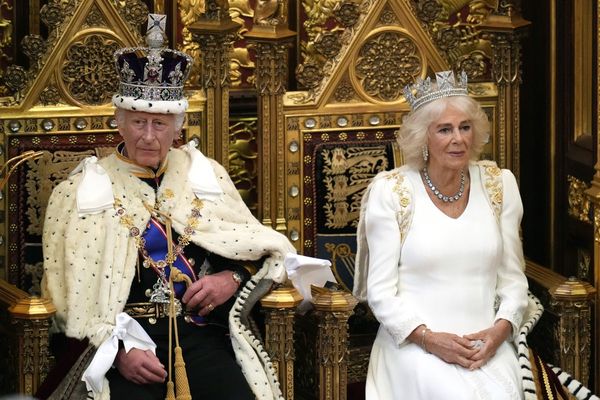
Public debate about Australia’s looming teen social media ban has naturally focused on children — but it is going to affect Australians of all ages.
Details about the Labor government’s promise to boot teens off social media have continued to drip out. Tech companies will be responsible for policing their platforms and not parents, but some might avoid a ban if they can prove a “low risk”.
Teens already on social media might keep their accounts, according to options canvassed in a letter from the prime minister to state and territory leaders, and those with parental permission might be allowed to stay too.
Recently, more than 140 Australian academics, international experts and civil groups have signed an open letter opposing the proposal. One of their concerns relates to questions around the “how” — the way that the government is going to implement this policy.
There’s no solid detail on that, yet. The government is considering applications from groups vying to run a trial of the various methods that could be used to enforce a teen social media age ban, including things like using the government’s Digital ID, credit cards, facial analysis, and other potential technologies. This trial is due to report by the end of the financial year at the latest (which is just after the latest possible date for the next federal election).
Crikey has covered the many potential issues with the various implementations of this policy. But even before you can consider those issues, there’s one aspect of the policy discussion that’s making it difficult to even have an honest conversation about the pros and cons.
Limiting teens from using social media requires being able to figure out the age of every social media user. Understandably, most of the focus has been on young Australians, but the ramification of this policy goes further.
What the government is proposing is a national social media age verification scheme. Or, to put it plainly, every Australian is going to have to prove their age when they go online in a way that they never have before. Maybe it’s by showing government ID, a credit card, or some other way — whatever the method, it’s a bump that’s going to be felt by each of us.
Part of the importance of framing it like this is that it makes clear that this isn’t just going to affect kids. It changes the way we think about these things when it’s spoken about as a policy impacting all of us.
It’s also the way that we actually talk about policies like this. Like when we go to the pub and a bouncer checks our ID, they don’t tell us “this is as part of the child alcohol ban”.
This isn’t to say that all questions of children’s online safety and well-being should be waved away because a national social media age verification scheme applies to everyone. Children’s well-being must be a primary concern.
But by understanding that this is a national social media age verification scheme and not just a teen social media ban, it becomes clear that there are other concerns too. These don’t just pit children’s interests against those of the rest of the public either; the same broader concerns about privacy and effectiveness impact children just as much as the result of us. (And that’s before we get into the shaky underpinnings of the case being made as to why teens need to be banned).
The teen social media ban isn’t just a policy about children using the internet — it’s about how we all use it. That’s why we need to call it what it is: a national social media age verification scheme.







